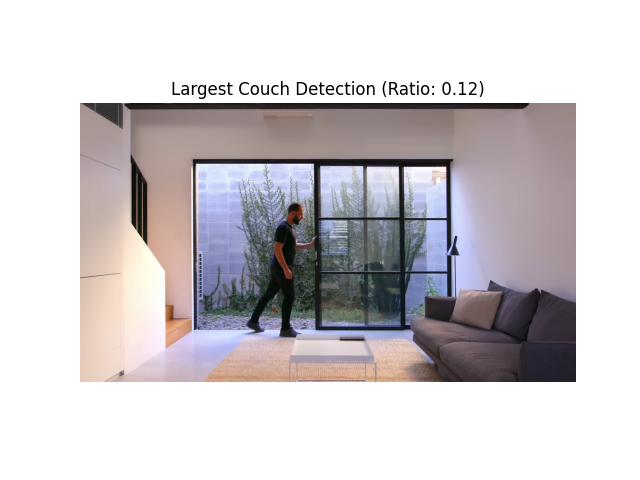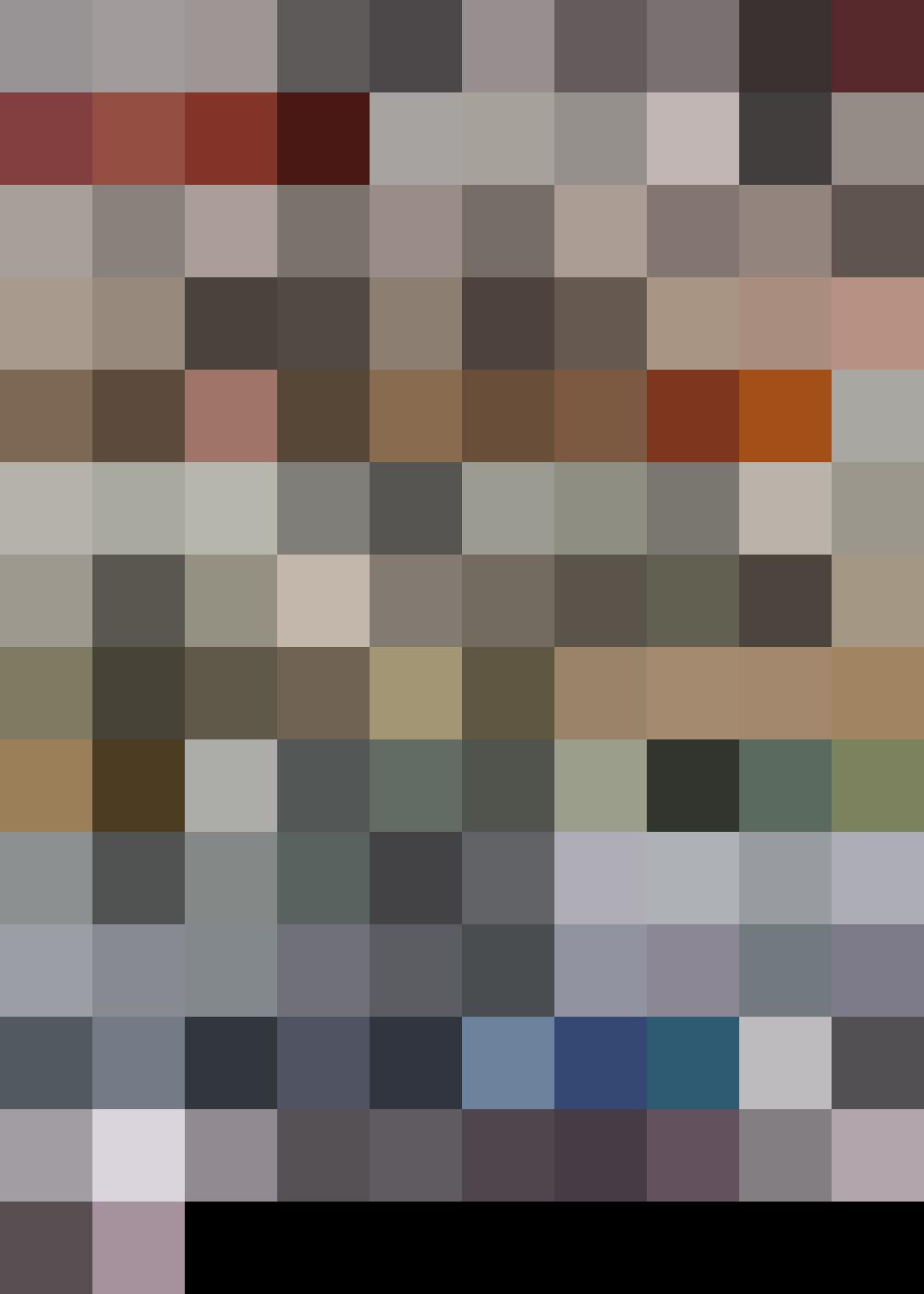|
NEVER TOO SMALL: Clever Spaces in an Illustrator’s Vibrant Apartment, Singapore 47sqm/506sqft
|

|
|
NEVER TOO SMALL: Vibrant Retro Inspired Small Apartment - Madrid 47sqm/506sqft
|

|
|
NEVER TOO SMALL Amsterdam Pod Small Loft Apartment - 45sqm/484sqft
|

|
|
NEVER TOO SMALL Flexible Small Seaside Apartment - 49sqm/527sqft
|

|
|
NEVER TOO SMALL Melbourne Hotel Small Apartment Conversion - 50sqm/538sqft
|

|
|
NEVER TOO SMALL 24sqm/258sqft Micro Apartment - Boneca
|

|
|
NEVER TOO SMALL Small Family Hong Kong Apartment - 40sqm/430sqft
|

|
|
NEVER TOO SMALL Melbourne Toolbox Micro Apartment - 24sqm/258sqft
|

|
|
NEVER TOO SMALL Sci-Fi Apartment Hong Kong - 59sqm/635sqft
|

|
|
NEVER TOO SMALL Hong Kong Walk-Up Tiny Apartment - 25sqm/269sqft
|

|
|
NEVER TOO SMALL 2 x Sydney Loft House Small Homes - 35sqm/375sqft
|

|
|
NEVER TOO SMALL Small Hybrid Loft Pod Apartment - 40sqm/430sqft
|

|
|
NEVER TOO SMALL Art Deco Compartmented Sydney Micro apartment - 22sqm/236sqft
|

|
|
NEVER TOO SMALL London Houseboat Home - 40sqm/430sqft
|

|
|
NEVER TOO SMALL Melbourne Community First Small Apartment - 50sqm/538sqft
|

|
|
NEVER TOO SMALL Barbican Brutalist Small Apartment - 41sqm/441sqft
|

|
|
NEVER TOO SMALL Melbourne Southeast Small Apartment - 50sqm/538sqft
|

|
|
NEVER TOO SMALL Heritage Art Deco Sydney Apartment - 50sqm/538sqft
|

|
|
NEVER TOO SMALL Flexible Milanese Micro Apartment - 30sqm/340sqft
|

|
|
NEVER TOO SMALL Sydney Small Basement Apartment - 49sqm/527sqft
|

|
|
NEVER TOO SMALL Italian Transforming Tiny Studio Apartment - 44sqm/473sqft
|

|
|
NEVER TOO SMALL Buenos Aires Multi-purpose Small Apartment - 42sqm/452sqft
|

|
|
NEVER TOO SMALL Melbourne Flexible Small Apartment - 55sqm/592sqft
|

|
|
NEVER TOO SMALL 40sqm/431sqft Small Apartment Design - Lycabettus Hill Studio
|

|
|
NEVER TOO SMALL Argentinian Small Mezzanine Apartment - 44sqm/474sqft
|

|
|
How We Live Small - SMALL FOOTPRINT Introduction & Trailer
|

|
|
Reimagining Small Living - SMALL FOOTPRINT - Ep 2
|

|
|
Building Urban Villages - SMALL FOOTPRINT - Ep 3
|

|
|
Rethinking Affordability - SMALL FOOTPRINT - Ep 4
|

|
|
Greening our Cities - SMALL FOOTPRINT - Ep 5
|

|
|
Building Happier Cities - SMALL FOOTPRINT - Ep 6
|

|
|
NEVER TOO SMALL - Retro Chic Athens Small Apartment 48sqm/516sqft
|

|
|
NEVER TOO SMALL - Our NTS Space Studio
|

|
|
NEVER TOO SMALL New York Designer Studio Apartment 33sqm/350sqft
|

|
|
NEVER TOO SMALL Architects Paris Small Family Apartment - 54sqm/581sqft
|

|
|
NEVER TOO SMALL Shaker Style Compact Apartment Auckland - 27sqm/291sqft
|

|
|
NEVER TOO SMALL: Architect’s Blue Mountains Cabin, Sydney 28sqm/310sqft
|

|
|
NEVER TOO SMALL: Artist’s Tiny Beach Shack Australia - 30sqm/323sqf
|

|
|
NEVER TOO SMALL: Adaptable Small Apartment for Family of Five Paris - 50sqm/538sqft
|

|
|
NEVER TOO SMALL: Architect’s Colourful 50’s Small Apartment Italy 39sqm/429sqft
|

|
|
NTS Renters: Japanese YouTuber’s DIY Rental, Tokyo 58sqm/624sqft
|

|
|
NEVER TOO SMALL: Easy, Breezy, Adaptable Small Apartment - Poland 32sqm/344sqft
|

|
|
NEVER TOO SMALL: Architect’s DIY Beachside Apartment: Sydney 51sqm/549sqf
|

|
|
NEVER TOO SMALL: Film Director’s Tiny Urban Oasis, Manila - 35sqm/376sqft
|

|
|
NEVER TOO SMALL: Musicians’ Pet Friendly Apartment, Buenos Aires - 48sqm/516sqft
|

|
|
NEVER TOO SMALL: Designer Couple’s Simple Luxe Apartment, Amsterdam 33sqm/355sqft
|

|
|
NEVER TOO SMALL: Architect Couple’s Small Heritage Apartment, France 57sqm/613sqft
|

|
|
NEVER TOO SMALL: Transforming Multifunctional Brazilian Apartment , 56sqm/603sqft
|

|
|
NEVER TOO SMALL: Family of 5’s Multifunctional Micro Apartment, Manila 28 sqm/301sqft
|

|
|
NEVER TOO SMALL: Tetris Shaped French Modernist Apartment, Paris 43m2/463sqft
|

|
|
NEVER TOO SMALL: Colourful, Open Plan Apartment, Seville 58qm/624sqft
|

|
|
NEVER TOO SMALL: Colourful Art Deco Micro Apartment, Sydney 27sqm/290sqft
|

|
|
NEVER TOO SMALL: Elegant, Heritage Apartment Renovation, Berlin 46sqm/495sqft
|

|
|
NEVER TOO SMALL: Architects’ Flexible Three Balcony 1860’s Apartment, Madrid 55sqm/592sqft
|

|
|
NEVER TOO SMALL: DIY YouTuber’s Handcrafted Apartment, Portugal 31sqm/333sqft
|

|
|
NEVER TOO SMALL: Movie Director’s Micro Loft Apartment, Philippines 24sqm/258sqft
|

|
|
NEVER TOO SMALL: Wes Anderson Inspired Attic Apartment, Madrid 42sqm/452sqft
|

|
|
NEVER TOO SMALL: Couple’s Japanese Inspired Loft, Singapore 41sqm/441sqft
|

|
|
NEVER TOO SMALL: Micro Apartment With Multifunctional Mirrored Pod, Melbourne 27sqm/291sqft
|

|
|
NEVER TOO SMALL: Interior Designer’s Custom Built Plywood Apartment, Paris 32sqm/344sqft
|

|
|
NTS: Melbourne Architect’s Smart Space-Saving Hacks in Small Apartment
|

|



















































































































































